It sounds like science fiction, but it’s edging closer to reality.

Thanks to massive leaps in genetic engineering, gene editing, and cloning technology, scientists are now seriously exploring how to bring back extinct species, or at least recreate close genetic versions of them. These “de-extinction” projects won’t recreate Jurassic Park (sorry, no dinosaurs), but they could restore lost species, repair damaged ecosystems, or offer new insights into evolution itself. Here are some of the animals that might just make a comeback in your lifetime—some sooner than you think.
1. Woolly Mammoth
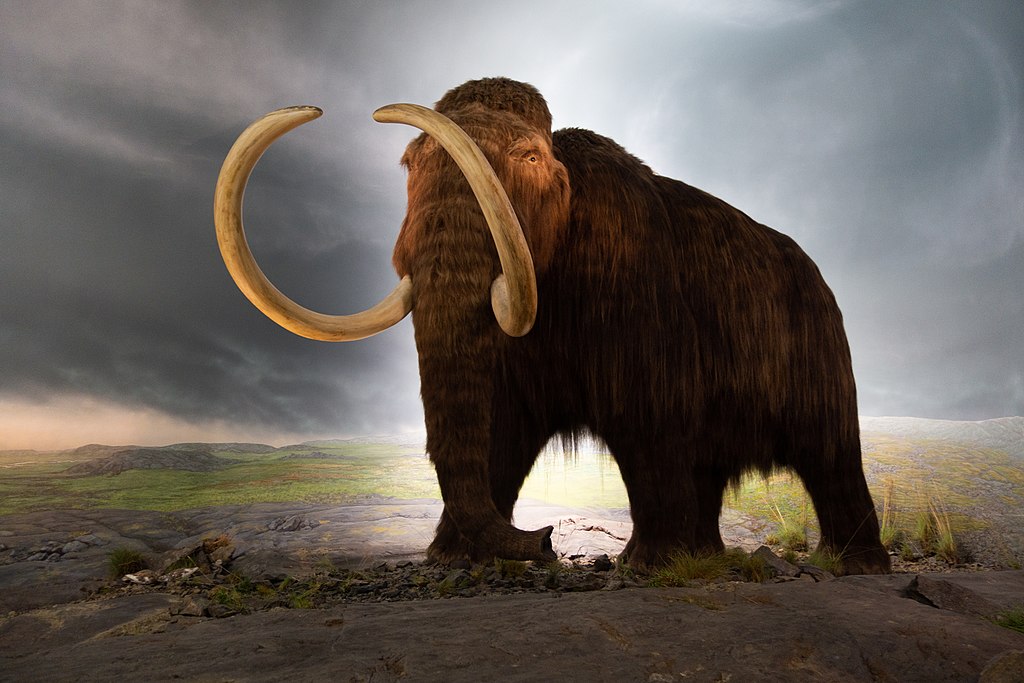
This Ice Age icon is one of the biggest names in de-extinction research. Scientists are working on creating a hybrid between the woolly mammoth and its closest living relative, the Asian elephant, by editing mammoth genes into elephant DNA. The goal is to produce a cold-resistant elephant that could help rewild the Arctic tundra. If it works, we might see woolly mammoth “proxies” roaming northern landscapes within the next couple of decades.
2. Dodo
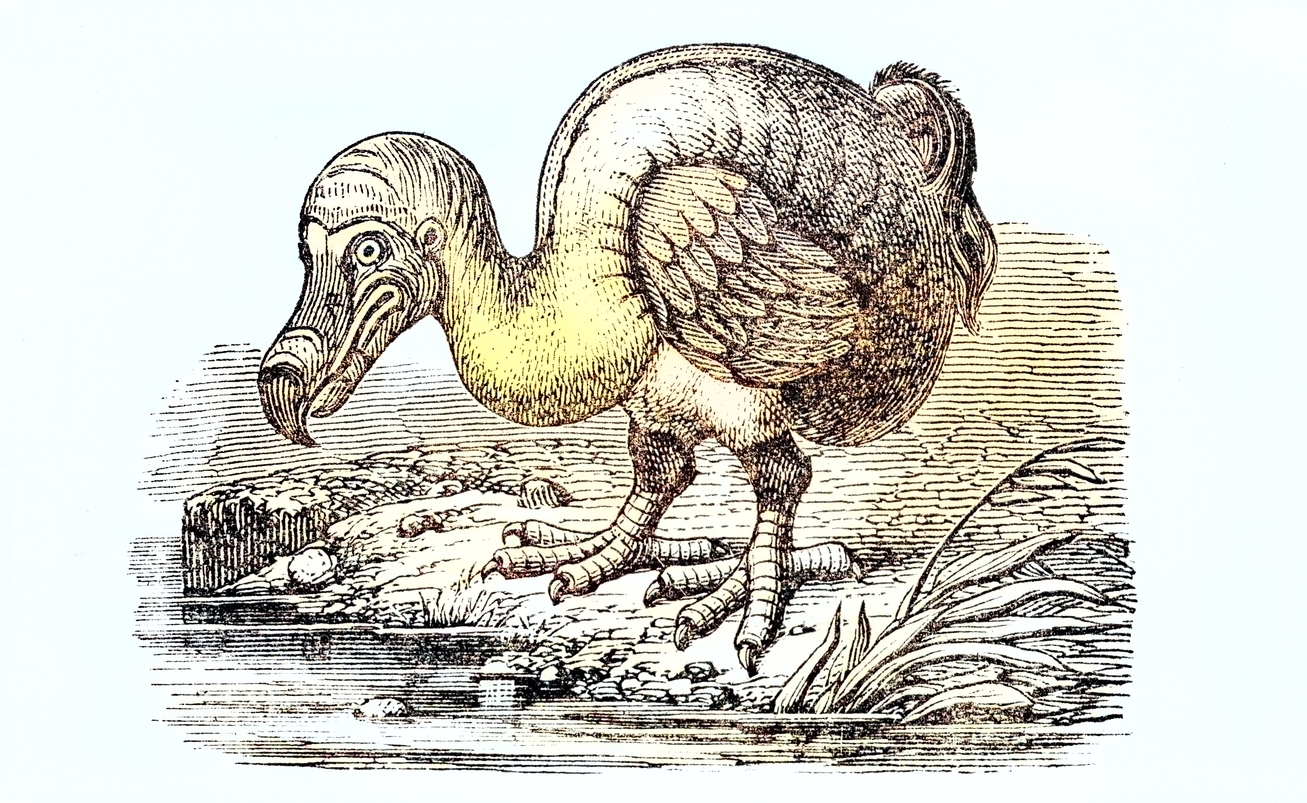
Wiped out in the 1600s by invasive species and human hunting, the dodo has become the symbol of extinction itself. But scientists at Colossal Biosciences are now trying to reverse that fate using preserved DNA and gene-editing technology. By inserting dodo genes into a living pigeon species (its closest relative), researchers hope to eventually hatch the world’s first dodo in over 400 years. It’s no longer just a cautionary tale—it’s on the maybe list.
3. Tasmanian Tiger (Thylacine)
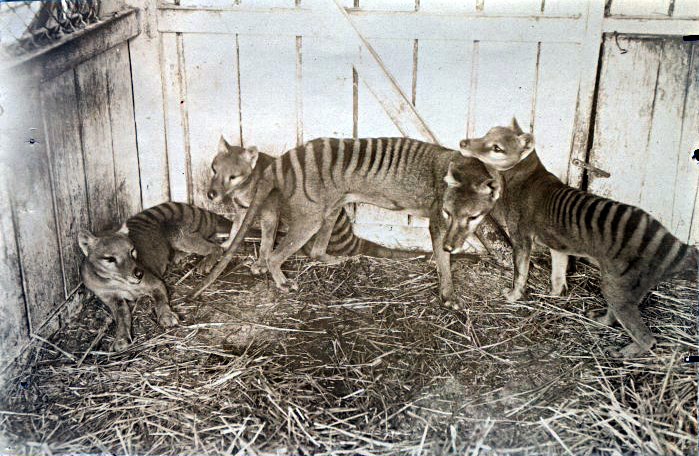
The thylacine, or Tasmanian tiger, was a marsupial predator wiped out in the 1930s. It looked like a dog, carried its young in a pouch like a kangaroo, and played a vital role in its ecosystem. Australian and American researchers are now working on piecing together its genome and plan to insert that genetic material into a closely related marsupial. The hope? Breeding thylacine-like animals and reintroducing them to Tasmania’s wilds.
4. Passenger Pigeon
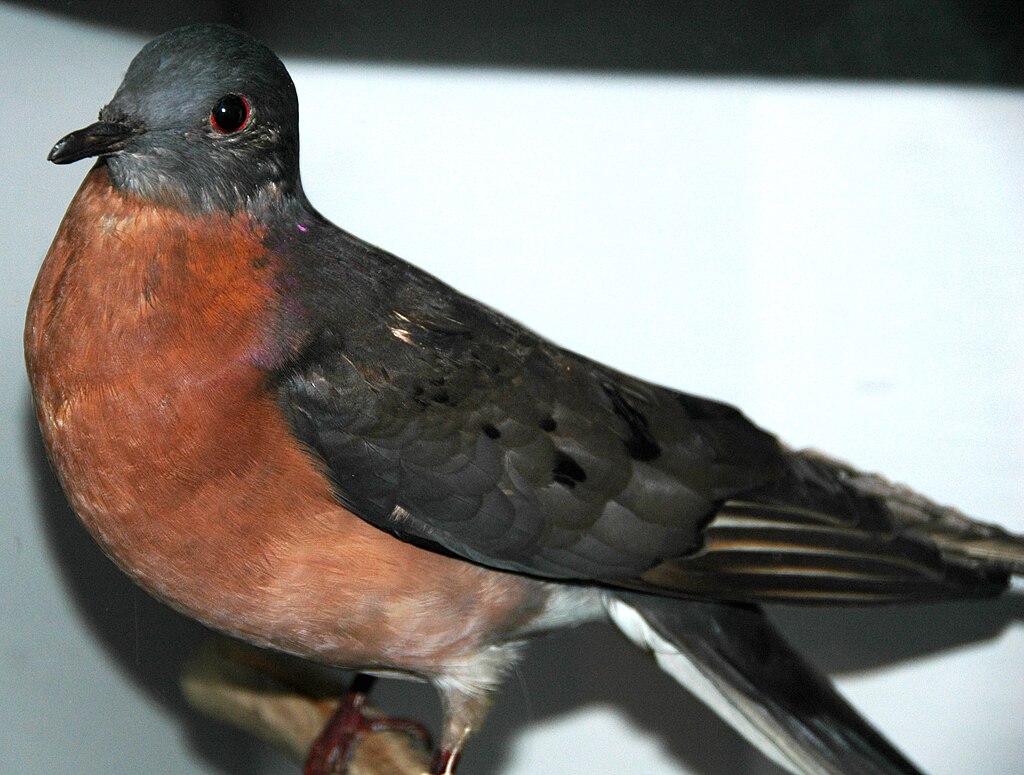
Once numbering in the billions across North America, passenger pigeons went extinct in the early 1900s due to overhunting and deforestation. Now, scientists are working on recreating this species using the DNA of its closest living relative, the band-tailed pigeon. The goal isn’t just to bring back the bird—it’s to restore the ecological functions passenger pigeons once provided, such as forest disturbance and seed dispersal on a massive scale.
5. Pyrenean Ibex
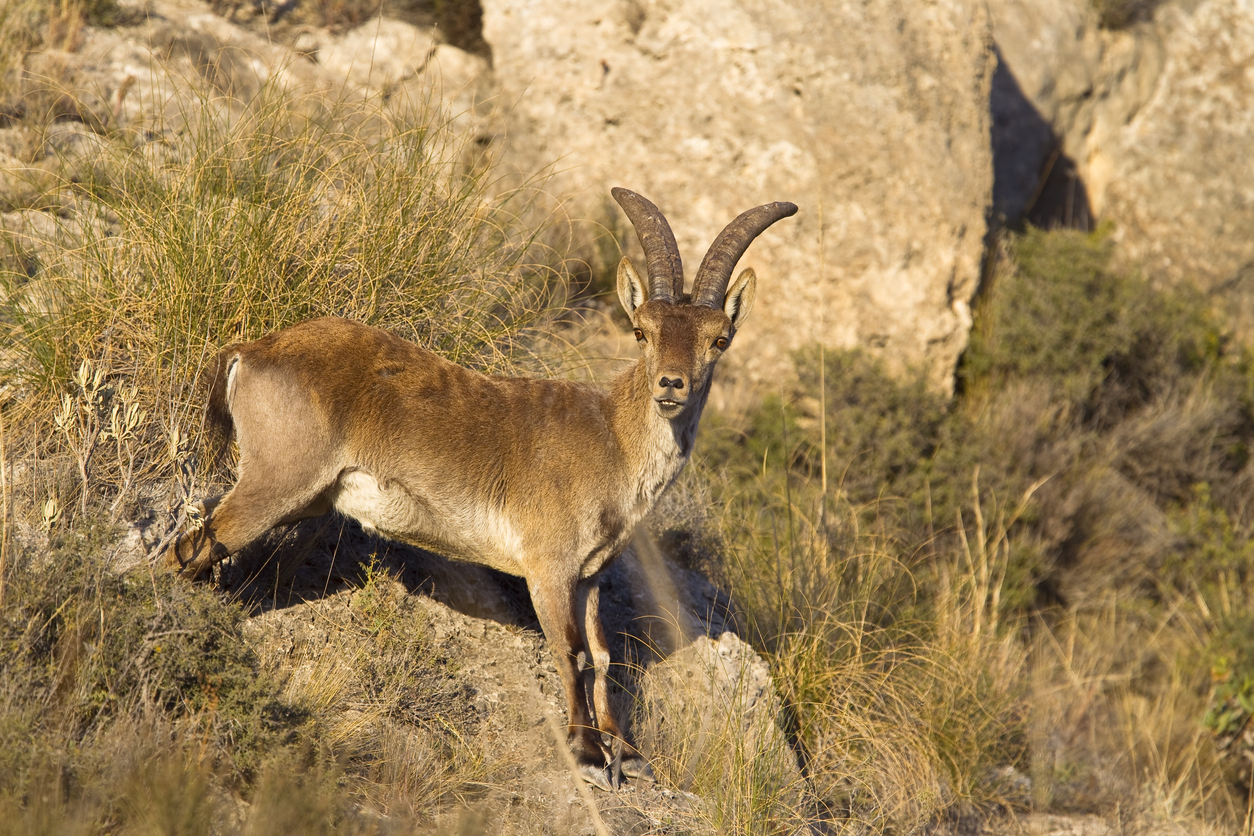
The Pyrenean ibex, a wild mountain goat native to the Iberian Peninsula, went extinct in 2000, but was briefly “brought back” in 2003 through cloning. The cloned calf only survived a few minutes due to lung defects, but it marked the first (and only) time an extinct animal was technically revived. Researchers haven’t given up. With more refined cloning and genetic repair techniques, this hardy animal could become the first successful case of true de-extinction.
6. Quagga
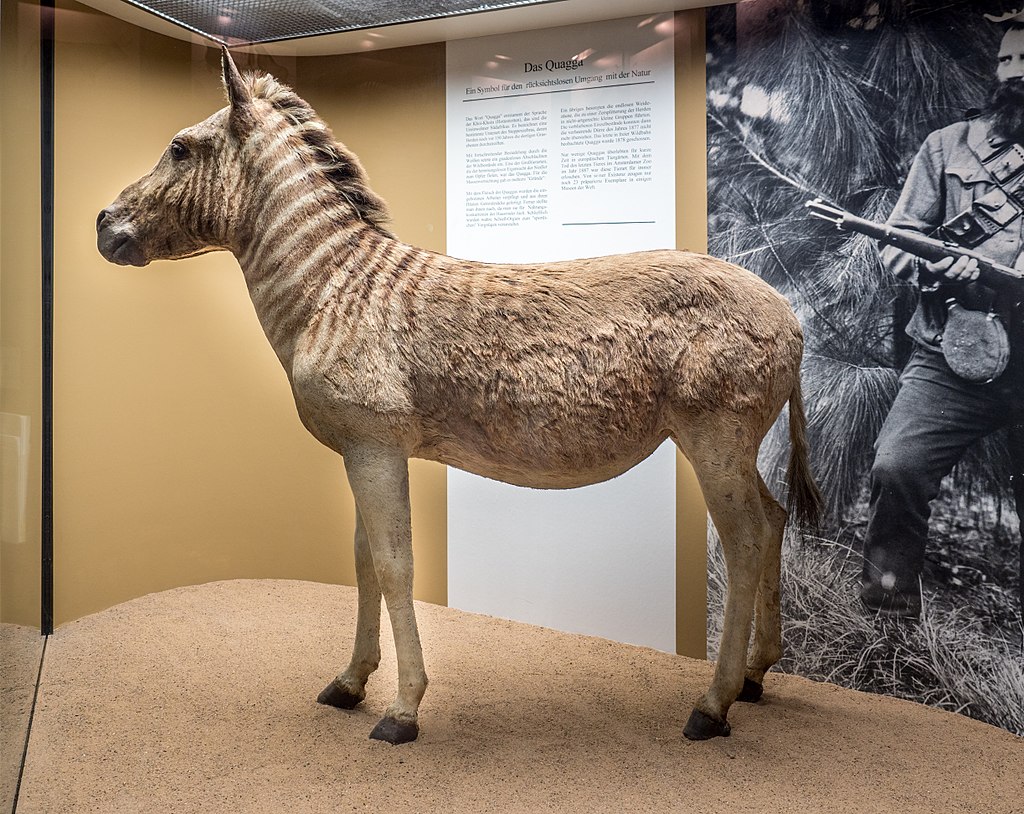
The quagga was a type of zebra with striped front legs and a solid brown hindquarters—once common in South Africa until it disappeared in the 1880s. Through selective breeding of zebras with quagga-like genes, researchers have already produced offspring that closely resemble the original quagga.
The “Quagga Project” is now on its fifth generation, and while it’s technically not de-extinction, it’s a powerful example of how breeding and genetics can mimic lost species surprisingly well.
7. Great Auk
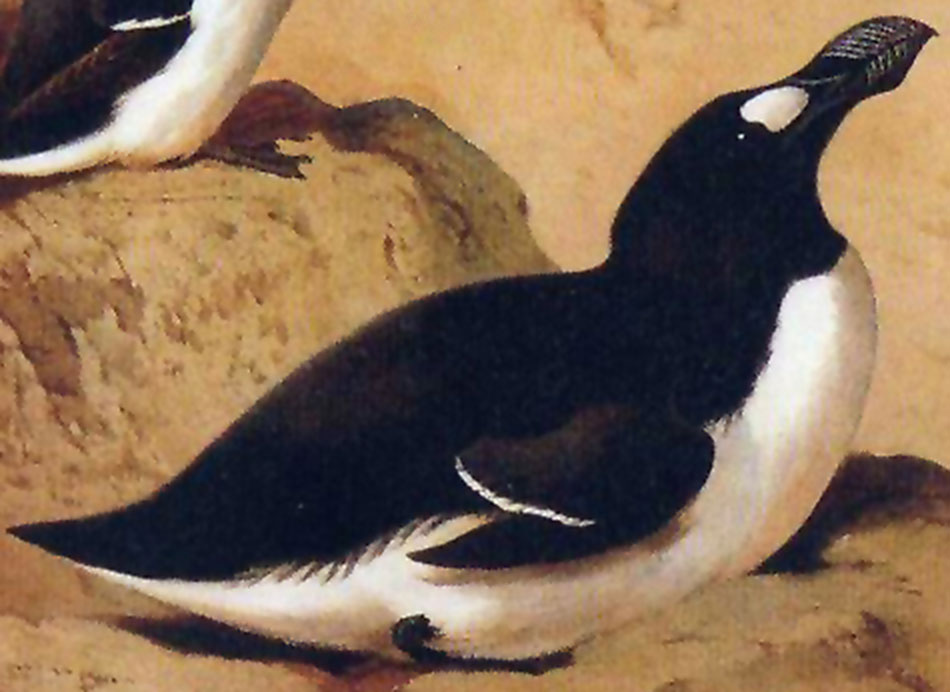
The great auk was a flightless seabird, similar to a penguin, once found in the North Atlantic. It was hunted to extinction in the mid-1800s for feathers, oil, and meat. Its disappearance left a major gap in marine ecosystems. With preserved DNA and close relatives like the razorbill still around, scientists believe it’s feasible to bring the great auk—or a very close cousin—back to the rocky islands it once called home.
8. Steller’s Sea Cow
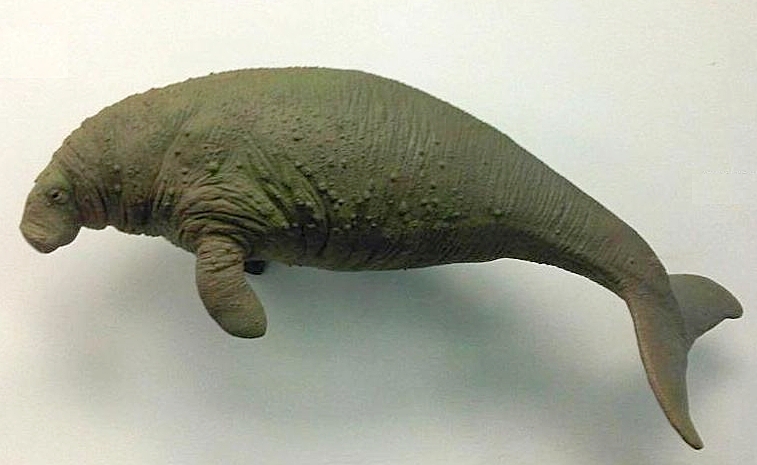
This gentle, whale-sized relative of the manatee was discovered in the 1700s and hunted to extinction just 27 years later. It once roamed the cold waters of the Bering Sea, feasting on kelp and coasting slowly along shorelines. Researchers believe that reintroducing a modern version of the sea cow could help rebalance fragile kelp ecosystems, but its massive size and cold-water habitat make revival a complex challenge.
9. Irish Elk

Despite the name, the Irish elk wasn’t just from Ireland—and it wasn’t technically an elk. It was a huge species of deer with antlers stretching up to 12 feet across. It disappeared around 8,000 years ago, likely due to climate change and hunting pressure. Its closest relatives still roam today, which makes it a theoretical candidate for revival—if we can recover enough of its DNA and understand what caused its extinction in the first place.
10. Moa
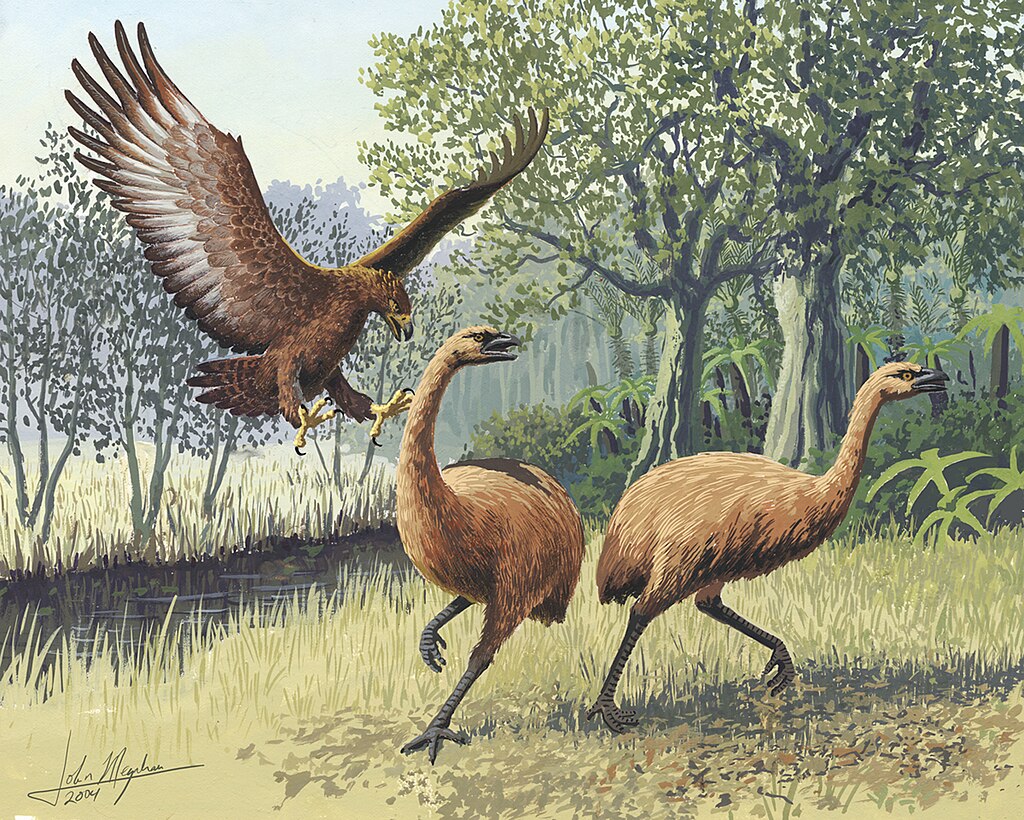
The moa were giant flightless birds from New Zealand, some reaching up to 12 feet tall. They were wiped out within a couple of hundred years of human arrival, primarily due to overhunting. Because they’ve only been extinct for about 600 years and left behind good-quality bones and feathers, scientists believe there’s potential to extract usable DNA—though reintroducing them to modern ecosystems would be another challenge entirely.
11. Carolina Parakeet
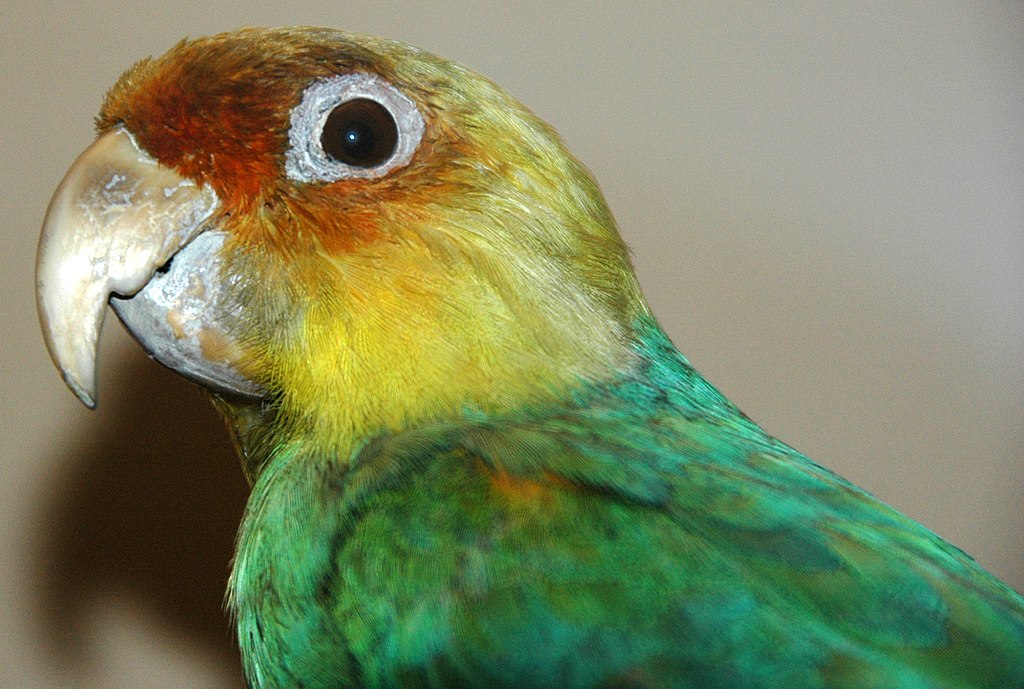
This vibrant green, orange, and yellow parrot was once the only parrot species native to the eastern United States. It went extinct in the early 20th century, likely due to habitat loss and disease spread from poultry farms. Its close relatives still exist in Central and South America, and conservationists see its revival as a chance to restore lost biodiversity in southern U.S. forests—assuming its original environment can still support it.
12. Cave Lion

These massive Ice Age predators roamed Europe and Asia and are close relatives of today’s lions. Well-preserved remains have been found in Siberian permafrost, providing potential genetic material for future cloning experiments. Scientists are curious about the implications for both evolution and conservation—but the ethics of reviving apex predators are still being debated.
13. Heath Hen
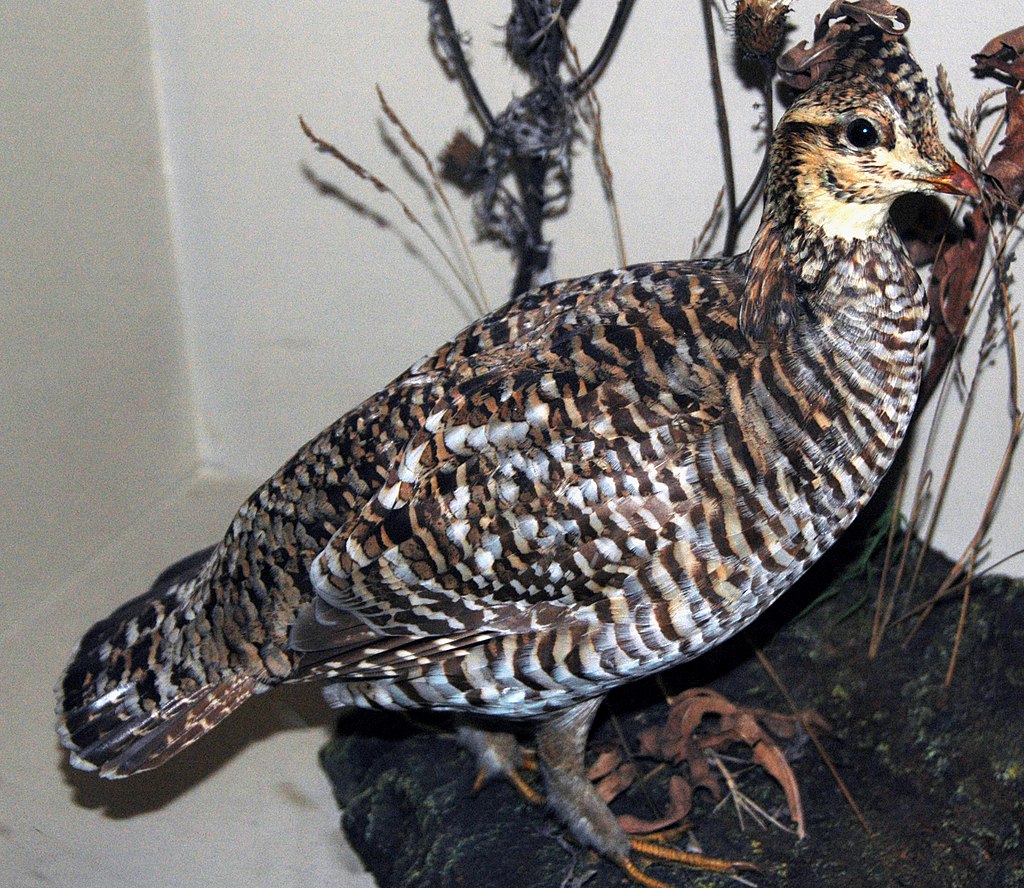
Once common along the U.S. East Coast, this grouse-like bird was wiped out by hunting, habitat destruction, and disease by 1932. Its extinction was so public and painful that it helped launch the modern conservation movement. With DNA samples preserved and prairie chicken relatives still thriving, researchers believe there’s a genuine shot at reviving a close version of the heath hen—and returning it to the very ecosystems that once lost it.